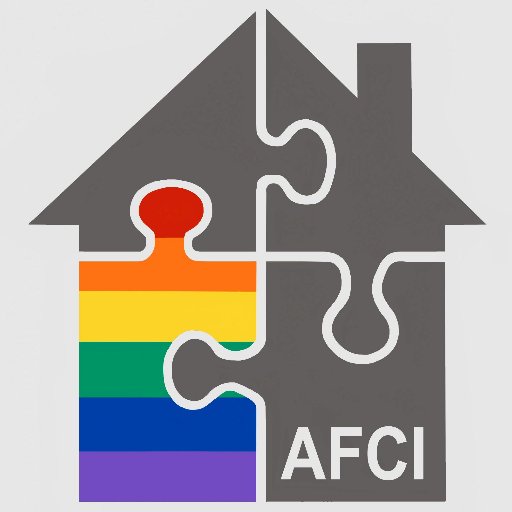Consequences of Rejection
Parents and families usually want to help their gay (LGBTQ) children and to keep their families together, but many do not know how. This may cause the child in question to feel rejected.
Some families may try to change the child’s behavior, sexual orientation or gender expression, thinking this will help the LGBT child “fit in” or have a “good life” filled with acceptance from others. However, when parents and caregivers react in this way, it can lead to devastating consequences for the child.
What are the consequences of rejection?
Although the list below is not exhaustive, it gives an overview of the consequences of rejecting a gay (LGBTQ) child.
HOMELESSNESS
Although LGBTQ individuals only account for 9% (+ or – 4% error) of the population, they account for up to 40% of the runaway and homeless youth population.
It is estimated that 26% of LGBTQ adolescents are rejected by their families and put out of their homes for no other reason than being open about who they are.
PLACEMENT IN FOSTER CARE
LGBTQ youth are over-represented in the foster care system. This means that the percentage of youth in foster care who are LGBTQ-identified is larger than the percentage of LGBTQ youth in the general youth population. LGBTQ youth in foster care also face disparities – differences in experiences in care or treatment by the system.
Many LGBTQ youth have the added layer of trauma that comes with being rejected or mistreated because of their sexual orientation, gender identity or gender expression.
SURVIVAL SEX
Homeless LGBTQ youth are seven times more likely to have traded sex for shelter than heterosexual teens.
Homeless transgender teens are eight times more likely to have traded sex for shelter than heterosexual teens.
HUMAN TRAFFICKING
SUBSTANCE ABUSE
Rejected children are 3.4 times more likely to use illegal drugs and alcohol.
CRIME/INCARCERATION
Gay, transgender, and gender nonconforming youth are significantly over-represented in the juvenile justice system—approximately 300,000 gay and transgender youth are arrested and/or detained each year, of which more than 60 percent are black or Latino.
Gay and transgender youth represent just 5 percent to 7 percent of the nation’s overall youth population, they compose 13 percent to 15 percent of those currently in the juvenile justice system.
39 percent of homeless gay and transgender youth report being involved in the juvenile justice system at some level.
DEPRESSION
LGBTQ youth are almost 6 times more likely to report high levels of depression.
As adults, gay and transgender youth who have been rejected, are far more likely to develop: Behavioral, Psychological, Physical, Learning and Interpersonal problems.
SUICIDE
LGBTQ kids who experienced family rejection are 8.4 times more likely to report having attempted suicide than kids who were accepted.1
LGBQ youth are 4 times more likely, and questioning youth are 3 times more likely, to attempt suicide as their straight peers.2
Nearly half of young transgender people have seriously thought about taking their lives, and one quarter report having made a suicide attempt.3
Each episode of LGBTQ victimization, such as physical or verbal harassment or abuse, increases the likelihood of self-harming behavior by 2.5 times on average.4
(1) Family Acceptance Project™. (2009). Family rejection as a predictor of negative health outcomes in white and Latino lesbian, gay, and bisexual young adults. Pediatrics. 123(1), 346-52.
(2) CDC
How can these consequences be prevented or resolved?
Families can lead with compassion, arm themselves with accurate knowledge, and seek to support their children by accepting them as they are.
Those families that do end up estranged from their children may still desire contact with their child. With time, love, and patience, reconnection may be possible. Understand that your child may need to define the terms of interaction, and above all, open your ears and heart to what they may say.

